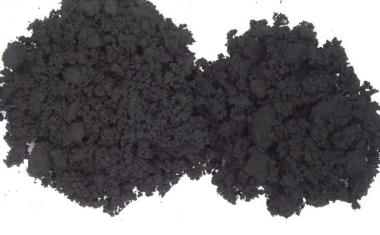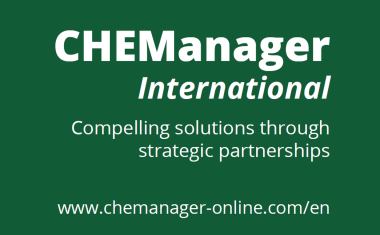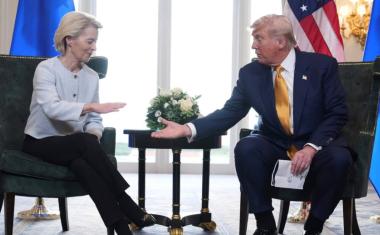DowDuPont Realigns Three-way Split

Following a four-month portfolio review prompted by activist shareholders, new US chemical heavyweight DowDuPont has responded to some of the pressure. The company said it now plans to tweak two of the three units it will create – for materials sciences and specialty chemicals – while leaving agriculture intact.
The review was conducted by consultants McKinsey & Co, which, according to former Dow chief Andrew Liveris – now DowDuPont’s executive chairman – interviewed 25 of the two legacy firms’ biggest shareholders. Initial suggestions by hedge fund Third Point, a major Dow shareholder, for a split into six separate entities, apparently have not been heeded.
Under the latest concept, businesses worth more than $8 billion in annual sales will be shifted from the materials science unit – planned as the biggest of the three – to the specialty chemicals unit. After the realignment, the materials science company, which is to be called Dow, is expected to have about $40 billion in annual sales. The specialty products business will have about $21 billion and the agriculture business around $14 billion.
Product lines to be moved from the respective Dow and Dow Corning heritage portfolios account for around $4 billion in annual net sales and include adhesives and fluids platforms; Building Solutions; Water and Process Solutions; Pharma and Food Solutions and Microbial Control.
Another $4 billion will be added with the shift of DuPont’s legacy Performance Polymers business – retained when commodity products were hived off into Chemours – into the specialties firm.
The targeted portfolio adjustments bear out the “clear results” of a significant comprehensive analysis undertaken by the Dow and DuPont boards in the past months and reflect the “fresh look provided by independent, third-party external advisors, in particular McKinsey,” Liveris said.
DowDuPont CEO Ed Breen – formerly head of DuPont – commented that the changes “will enhance the competitive advantages and value creation potential” of the new chemicals player and ensure that the split-off companies have the “best possible foundation.”
In a statement, the merged company reiterated its intention to achieve run-rate cost synergies of approximately $3 billion and around $1 billion in growth synergies.
The Trian hedge fund of Nelson Peltz, nemesis of former DuPont CEO Ellen Kullmann and the force behind the decision to create the Chemours spin-off, said it “fully supports” the portfolio adjustments.
Third Point principal Daniel Loeb, Liveris’ nemesis, said in May the companies could unlock $20 billion in additional value by tweaking the original spinoff plan. He has not yet officially commented on the change of plan.
Minority shareholder Glenview Capital Management called the changes “an important first step” but said it leaves the company “significantly undervalued.” Glenview has recommended share buybacks.
















